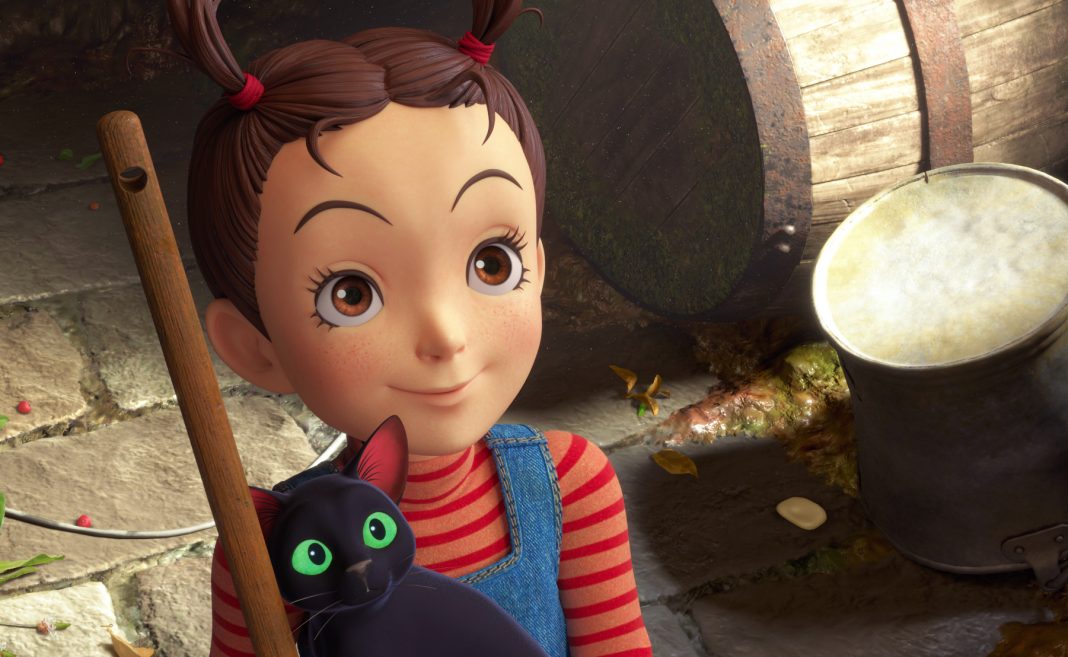It’s odd to explore another world and still feel at home, but this is the feeling that Studio Ghibli films create. With its charming animation, magical characters, resonating soundtracks, and meaningful messages, it’s no wonder that Ghibli is among the most beloved animation studios in the world.
Studio Ghibli is a Japanese animation studio founded in 1985 by directors Hayao Miyazaki and Isao Takahata, and producer Toshio Suzuki. With over 20 feature films and hundreds of international awards, the studio boasts an impressive catalogue, including titles such as Spirited Away (2001), Princess Mononoke (1997), Howl’s Moving Castle (2004), and Ponyo (2008). Even without watching these films, you’ve likely seen the iconic mascot “Totoro”—a giant rabbit-like creature from My Neighbor Totoro (1988)—somewhere on the internet.
While beautiful animation exists in all sorts of styles, there’s an alluring and comforting charm within Ghibli’s imaginative worlds. It’s easy to spot one of their films through their endearing character design and soft animation style. But these films also share something deeper than their colourful exterior.
The overt magical adventures thrust upon the characters reveal the magic of everyday life that we often forget. Ghibli films show us the love of unbreakable bonds, teaches us life lessons, and shows appreciation for the smallest of sensory things—whether it’s the crackle of cooking eggs and bacon or the slight breeze while you lie on a grassy hill listening to the radio. Combine that with the excitement of fantastic talking cats, magical spells, or faceless spirits, and you get an immersive escape and the basic formula for a Studio Ghibli film.
However, if it were this simple and formulaic, Ghibli wouldn’t have stood out in the first place. No one understands this better than Goro Miyazaki, son of Studio Ghibli’s co-founder and director Hayao Miyazaki.
Within the Studio Ghibli collection, if there’s a film that feels different or doesn’t quite fit in, chances are it was directed by Goro. His films, Tales from Earthsea (2006) and From Up on Poppy Hill (2011), didn’t seem to reach the same level of earning success or critical acclaim as other Ghibli titles. Which brings up an important question: “What makes a Ghibli film?”
“I wish somebody could give me an answer,” says Goro Miyazaki.
There’s immense pressure being the son of arguably Japan’s most acclaimed director, and Goro Miyazaki continues to struggle in 2021. His latest release, Earwig and the Witch, has so far generated harsh criticism and controversy. The controversy stems from being the first film to stray from Ghibli’s signature hand-drawn animation, instead opting for 3D computer-generated imagery.
While the animation style is a massive change from what Ghibli fans are used to, this wasn’t the problem many people had with it. Many reviewers online claimed that Earwig and the Witch was still missing the “soul” of a Ghibli film. Fans felt disconnected from the plot and characters. Despite being skillful in its own way, the film seemed to have failed in the aspects where every other Ghibli film succeeded.
This brings us back to that undefinable, almost ethereal feel of a Ghibli film—a feeling that resonates with its audience long after each movie has ended. But their elusive quality makes these films so hard to perfect and imitate. The imagination of a wider world within our own is difficult enough to create, but the studio achieves it with an established aesthetic that fans admire and swoon over, no matter how many times they watch it.
As all the right elements come together to whisk you off on a magical adventure that feels like another home, perhaps that’s the heart and soul of Studio Ghibli. Perhaps not. Perhaps we might never truly know what makes a Ghibli film, a Ghibli film.



